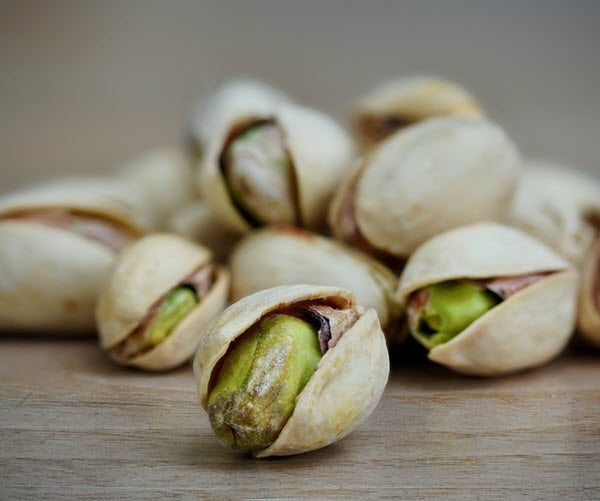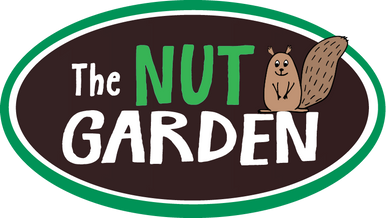
Pistachio the Christmas Nut
Pistachio – Pistachios are the Christmas Nut. In my home growing up, the only time we ever saw the pistachio was at Christmas time. It was always exciting to see the special treat, and the many sweet and delightful combinations of treats made with them. They are said to bring good luck to the holiday.
Why Pistachio
This special nut was originally associated with the Middle East, but in recent history became known for the Italian mob. Mostly due to the profitability. There have even been towns in Italy that had police helicopters hover over the plantations during the harvest, to protect from looters.
Christmas Nut
The traditions originally started with the pagans, but to save you time, we will not look that far back into history. But it is common knowledge that the European Christians picked up on the tradition. The practice goes back to the beginning of St Nicolas, who moved on to become Santa Clause.
In the Netherlands the during Christmas the “lucky” children would have the nuts left in their shoes. Later in most of Europe Santa was known to form bring all kinds of tasty lavation like oranges and other exotic fruits. Pistachios were always at the center of tasty treats.
The Christmas Nut, Pistachio became known for the holidays were folded into Christmas It is thought that the three parts of the nut—the shell, skin, and kernel represents the holy trinity or the bones, skin, and soul of the Savior himself. Thus, becoming known as lucky.
Even the Egyptians got into the act, thinking that a good or great harvest represented a plentiful crop of babies the next year. Making the nut lucky and productive.
In Conclusion
Regardless of the history, I know that Christmas would not be Christmas at my house without the wonderful delicate delight. If you are ready to indulge in the extravagance of this tasty treat, stop by the Nut Garden and pick up a bag or two for yourself.
The store is located at 13863 So 2700 W, Unit 204, Bluffdale Utah, 84065. Or call 801.860.0336
For more information contact us here. You may also learn more about the nut called The Heart of the Desert here.


Leave a comment